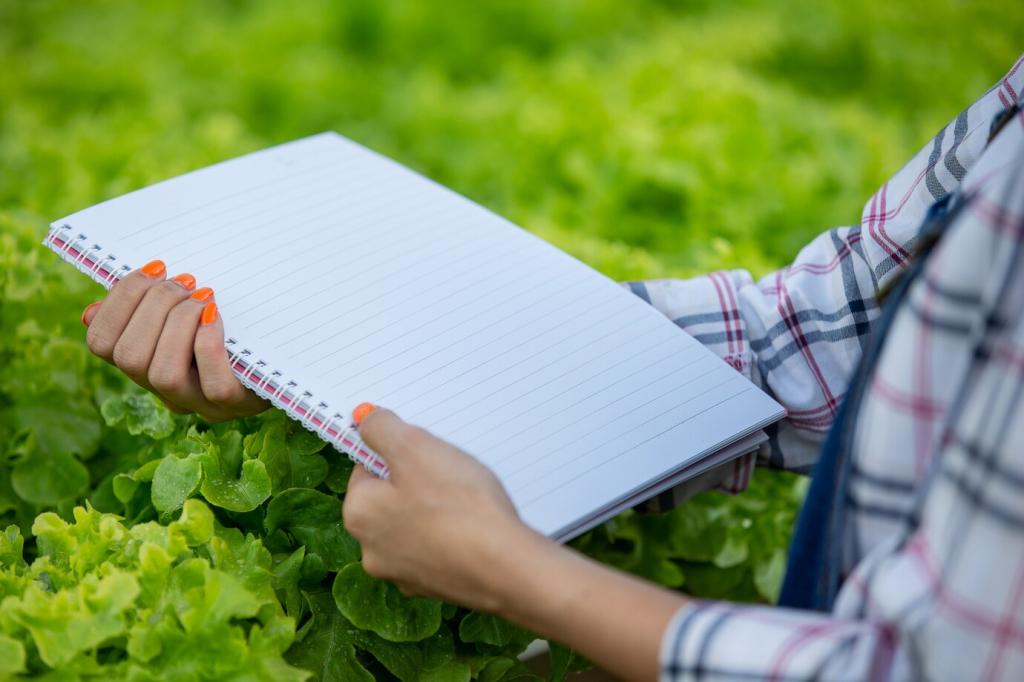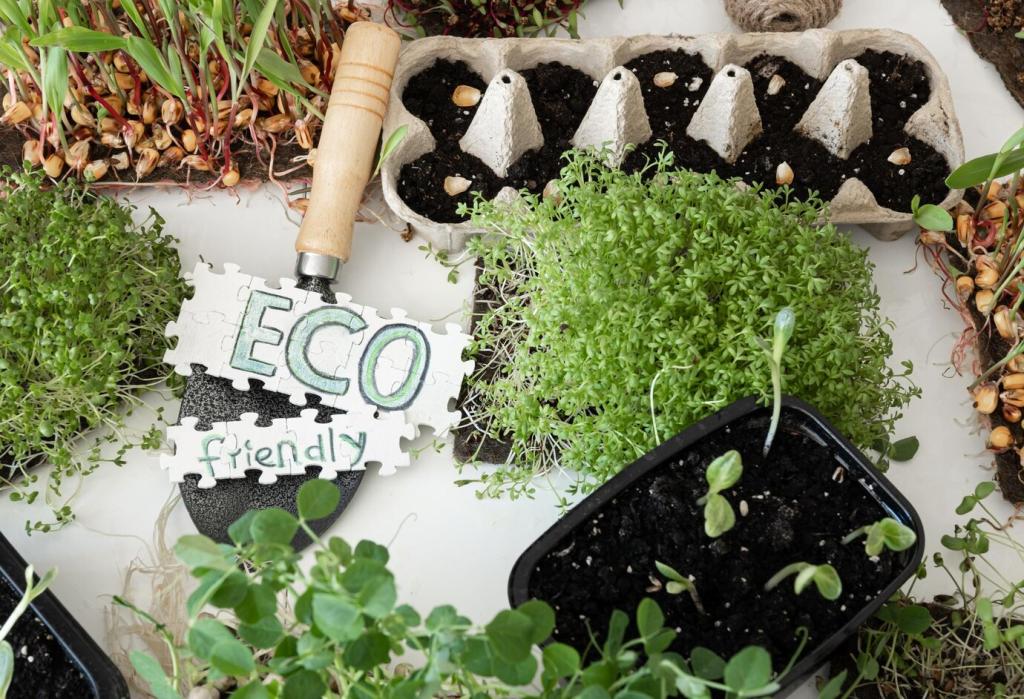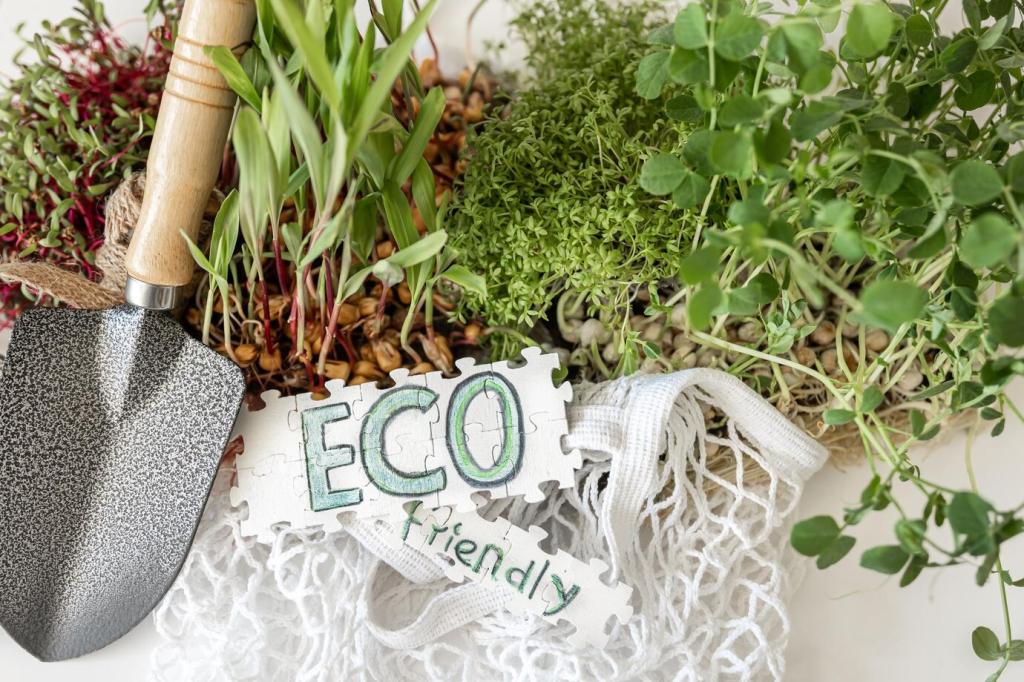Planting for Thirst and Flood: Right Plants, Right Places
Mix deep-rooted natives that stabilize soil and draw moisture downward. Pair moisture-loving sedges in the basin with drought-tough perennials up-slope. Share your region, and we’ll trade plant lists that have survived real storms.
Planting for Thirst and Flood: Right Plants, Right Places
Compost increases infiltration, while sand and fine gravel improve structure. Test percolation with a simple hole-and-fill method before planting. Tell us your results and we’ll help right-size basins for reliable soak-in performance.
Planting for Thirst and Flood: Right Plants, Right Places
Flowering natives feed bees after rains, while seedheads sustain finches through dry months. Shallow pools invite butterflies to sip safely. Comment with your favorite pollinator sightings since adding a rain-fed planting bed.






